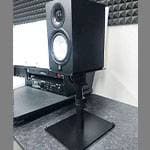
Vol. 2 - Comparing the stylus for M44G with the Beatles’ album Revolver! [Side A]
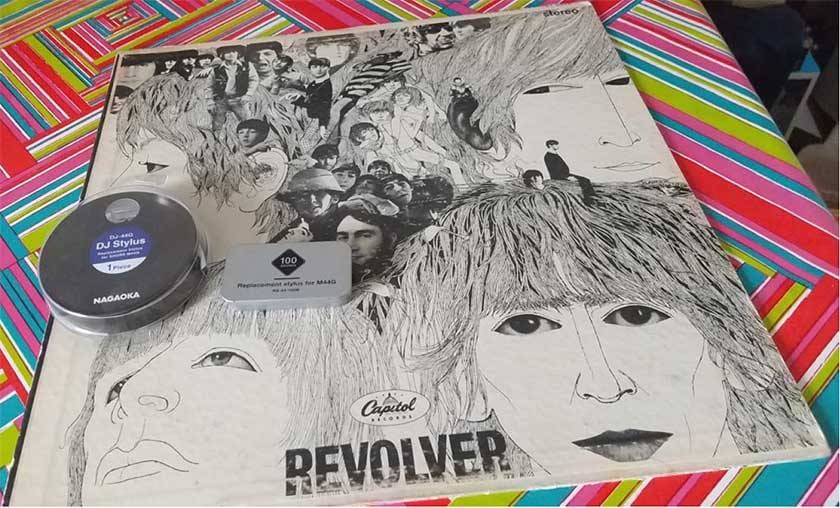
The Shure cartridge M44G has been cherished by many vinyl enthusiasts for years, both for listening and DJing.
Even after its production has ceased and years have passed, it is well-known that many record listeners and DJs still cannot part with this cartridge. As evidence of this, there are indeed replacement styli for the M44G currently available for sale, filled with love for the M44G.
Sound House also offers these two types of styli (as of October 2024).
In the previous post of this series, my vinyl-loving colleagues and I were amazed by the differences in sound when listening to the new 12-inch Beatles single with two different styli.
Therefore, continuing from last time, I would like to play through an entire album by the Beatles and conduct another listening test with the M44G.
Choosing which Beatles album to listen to was quite a dilemma, but this time I’ve decided to go with the 1966 album Revolver.
The reason for this choice is that, among the rapidly evolving works of The Beatles, this album retains a hint of their roots as a beat group while also featuring strings, brass sounds, and percussion, including Indian music. It encapsulates an innovative sound that significantly influenced the later UK pop scene, exemplified by artists like Oasis and Paul Weller. Therefore, I expect this listening test to be filled with a sense of exploration and discovery.
This time, I’ll be conducting the listening test using a US original pressing, a record produced in an American factory at the time of its release, which I received as a souvenir from a friend. At that time in the US, just like in the UK, both stereo and American versions of the album were released in the US, but since the M44G is a stylus designed for stereo playback, I’ll be using the stereo version for this listening test.
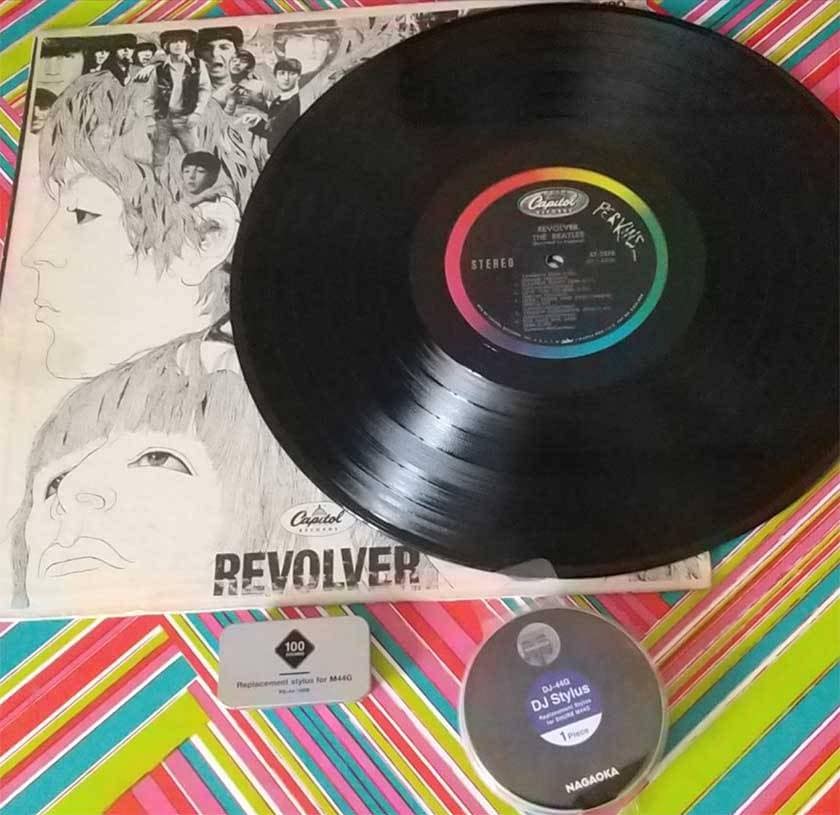
You might wonder, “Why not use the original UK version, given that the Beatles is a British band?” or “Isn’t the US version missing three tracks compared to the UK version?” While these are valid points, I find that the UK original stereo pressings in good condition are often harder to obtain than their mono counterparts and are quite expensive for someone with a family. Therefore, I’d like to enjoy the US original version, which, while more wallet-friendly, captures the dynamic energy of the Beatles from the swinging London era. I believe it would be endless to list the differences between the UK and US stereo versions, so for more details, I recommend checking out blog posts by Beatles collectors. However, based on my impressions from a previous opportunity to compare the UK original and US original versions, I found the UK one to have a powerful sound that hits you straight in the body, while the US version offers a panoramic, wide sound that expands like a Hollywood landscape in front of you.
Now, let me introduce the two styli I’m using for this listening test.
This time, I will be using replacement styli from the trusted Nagaoka and the up-and-coming DJ stylus brand, 100 Sounds.
Nagaoka / DJ-44G Replacement Stylus Compatible with M44G and M44-7
This model maintains robust sound quality while achieving a more powerful sound pressure and delicate wide range, resulting in an impressive sound. It’s great for deep listening, and its appealing sound quality also works well for DJs. The stylus tip comes with a cover, showing thoughtful consideration for listening users. When I played the Beach Boys album 20/20 with this stylus, I was overwhelmed by the dynamics of the strings and brass sections in “Be With Me”.
100 Sounds / RS-44-100B Replacement Stylus Compatible with M44G and M44-7
This stylus is attractive for its ability to bring various styles of music to life with a trance-like quality. It emphasizes deep bass and shout-out voices, making it particularly appealing for reggae and soul. By the way, I often use this stylus for playing Paul McCartney’s “Good Sign” and “S.L.S.” on 12-inch vinyl. The moment you slide the metal package, the anticipation builds.
Now, let’s get started with the listening test on Side A!
Please note that the impressions from this listening test are entirely subjective, and the sound quality may vary depending on the player, amplifier, and speakers used. This time, I am playing the record in a relatively modest audio setup. However, I hope this serves as a reference, as you can still enjoy the impressive and realistic sound produced by the original version, even without high-end equipment.
Side One - Analog Side A
1. Taxman
●Nagaoka
This is my first time listening to this song with this stylus, and compared to the 100 Sounds stylus and other combinations of cartridge and stylus I’ve tried later, I feel a stronger separation of the left and right sounds. It’s as if I’ve virtually traveled back into the world of a 1960s American listener, allowing me to thoroughly enjoy the stereo sound from the mid-'60s. The ambient sounds heard during the initial count are incredibly realistic and resonate deeply, creating an exciting atmosphere right from the start. The cowbell sound from the left is remarkably clear, almost as if there’s Ringo in front of me. Following the guitar solo, the guitar resonates loudly alongside the bass riff, reminiscent of the experience of listening to the UK original mono version.
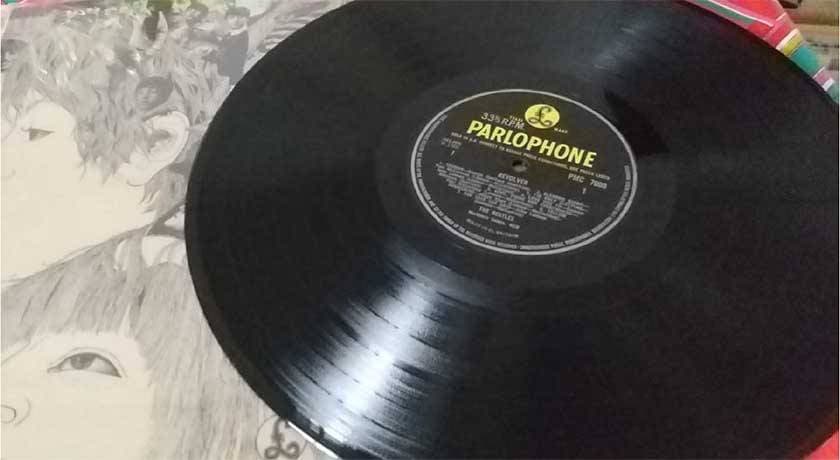
●100 Sounds
The separation of the left and right channels doesn’t feel as pronounced as with the Nagaoka, giving it a more contemporary sound. Additionally, the guitar sounds have an added edge, evoking a garage rock coolness. The guitar solo feels louder rather than clearer, presenting a truly rocking vibe! It captures the stylishness of 60s soul and garage music! It makes me want to listen at high volume while dancing on the dance floor. I also feel like I’d like to try listening to The Pretty Things’ first album in America with this cartridge!
2. Eleanor Rigby
●Nagaoka
The strings are filled with elegance and power, and the resonance of the violins is truly wonderful. It feels as if my room has turned into a flower garden! Paul’s vocals are also vibrant and lively. The sound of the American version is hard to resist. It’s a bit of an exaggeration, but it almost gives the illusion of having a chamber orchestra in my home. As expected from the Nagaoka stylus!
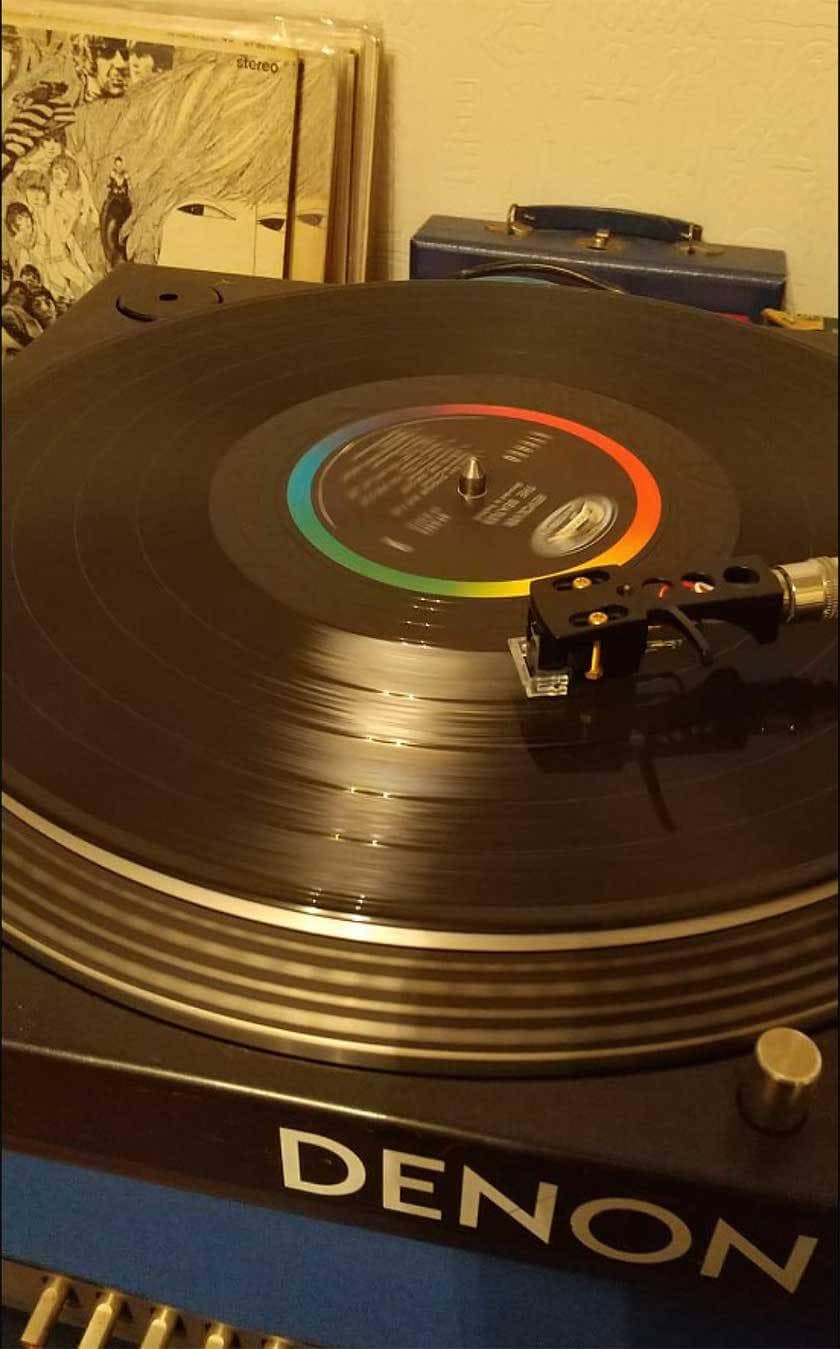
●100 Sounds
Earlier, I mentioned that “Taxman” had a more contemporary sound, but in this string-centered song, the typical roughness of the American version comes to life, creating a thick, resonant sound. It evokes the emotional power reminiscent of listening to classical music on an old SP record! Even while listening to the American version, it brings to mind the streets of Liverpool, where old buildings still remain.
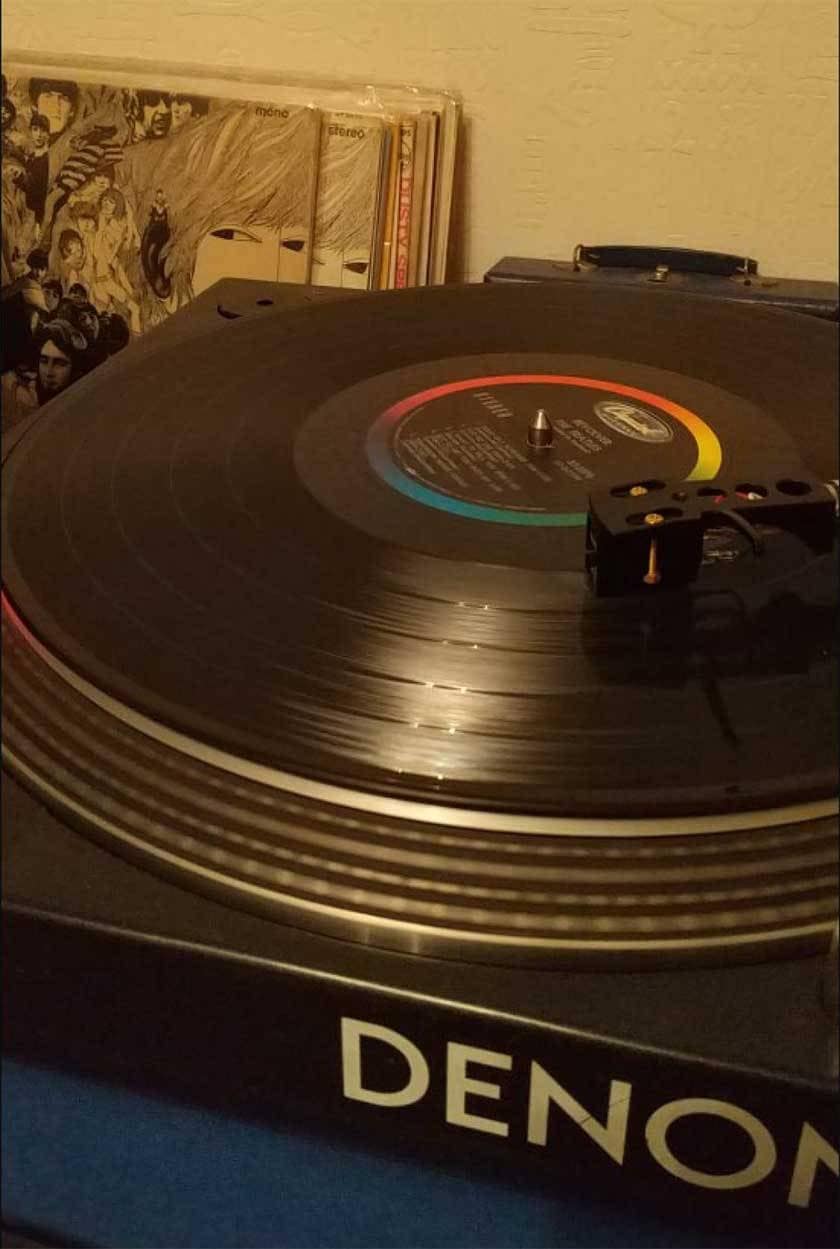
3. Love You To
●Nagaoka
The sounds of the sitar and tanpura (an Indian instrument that produces a long, sustained sound) create a powerful palette, with vocals and the strength of the tabla (Indian percussion) layering on top. George’s voice sounds robust! The resonances of the tabla ring out trance-like, demonstrating that this stylus is of such high quality that it even excels in DJ use, surpassing previous Nagaoka M44G models!
●100 Sounds
Here, the sitar’s sound is more pronounced, while the tabla and vocals come across as smoother. However, the vocals are more prominent, and as is often heard in American versions of vocal records, the singing and the melodic instrument, the sitar, dominate the mix. It makes me want to play around with the Electro-Harmonix guitar effects pedal, Ravish Sitar. The overall sound feels pop-like, which could be due to preconceived notions about the Beatles and Indian music, or perhaps it’s the strong hooks that are characteristic of this stylus from 100 Sounds—it’s a topic that intrigues me endlessly.
4. Here, There and Everywhere
●Nagaoka
The vocals give a strong impression of being double-tracked, emphasizing that I’m listening to a stereo record. The sound of the toms is clear, and the electric guitar that occasionally appears from the left side has an incredibly realistic sound, as if it’s being played very close by.
●100 Sounds
The warmth of the main vocals and chorus is quite striking. While I usually enjoy the power of the low frequencies with this stylus, in this song, the warmth and gentleness of the vocals and chorus take center stage, resonating together as one. The sound is truly warming, almost reminiscent of a mono record.
5. Yellow Submarine
●Nagaoka
The vocals of Ringo that burst out from the left side are powerful, dominating the song more than any other styli I’ve heard before. It almost feels like I’m listening to a Ringo record instead of the Beatles, and as a Paul fan, I felt a strange allure that made me think I could become a Ringo fan! For Ringo fans who own the M44G, they might even consider buying this Nagaoka stylus just for this song.
●100 Sounds
Ringo’s vocal reverb feels a bit stronger. The guitar and other instruments also sound slightly louder than with the Nagaoka, creating a more band-like sound. This is “Yellow Submarine” with all the Beatles. It brought me back to my identity as a Paul fan.
Honestly, I didn’t expect such a noticeable difference between the two styli for this song. I wonder which one Ringo would choose if he heard it!
6. She Said She Said
●Nagaoka
The guitar in the intro resonates as if it’s intertwining with the vocals, refusing to be overshadowed. The sound of the organ was louder than any stylus I’ve heard before. Admittedly, I had hardly noticed the organ’s sound until I listened with this stylus, so I’m delighted to have made this new discovery. Additionally, the roughness of the cymbal’s resonance is just right, and the snare sound is clear, allowing me to rediscover Ringo’s excellent drumming sense.
●100 Sounds
The drums and bass create a pleasantly unstable psychedelic groove. I’m thrilled by the strong bass, which any Paul fan would appreciate. As someone who enjoys the playful spirit found in Paul’s solo album McCartney II, I can’t get enough of the garage vibe brought out by the rough texture of the sound on this American version!
I compared two different styli by listening to the A side of the Beatles’ album Revolver, and both showcased the unique characteristics as the M44G replacement styli. Honestly, it’s tough to choose between the two, but I wonder what kind of M44G magic will emerge from the B side of this album.
Stay tuned for the Side B listening test in my upcoming blog post!
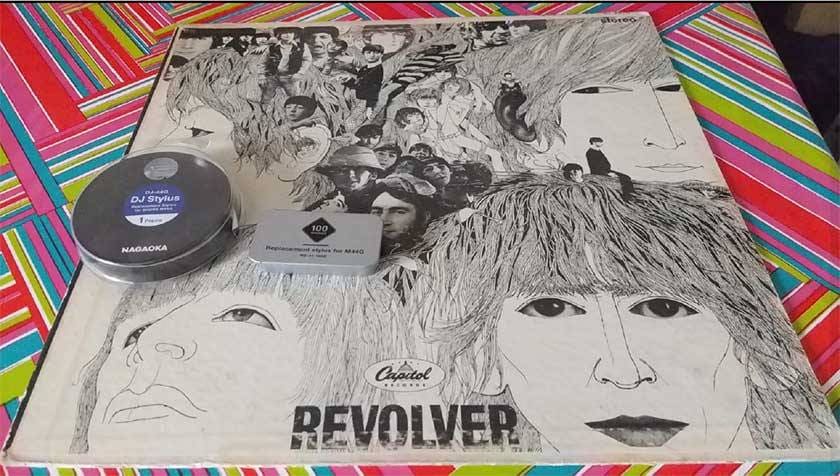





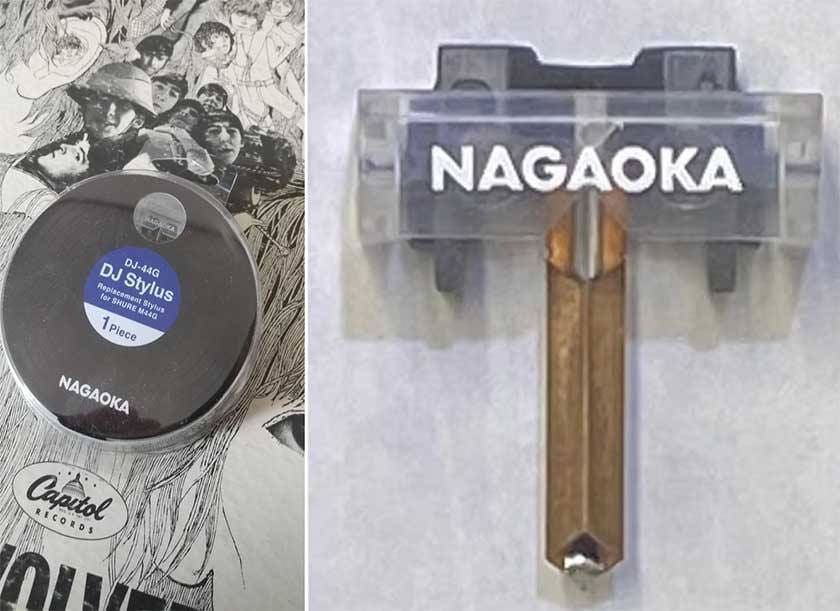
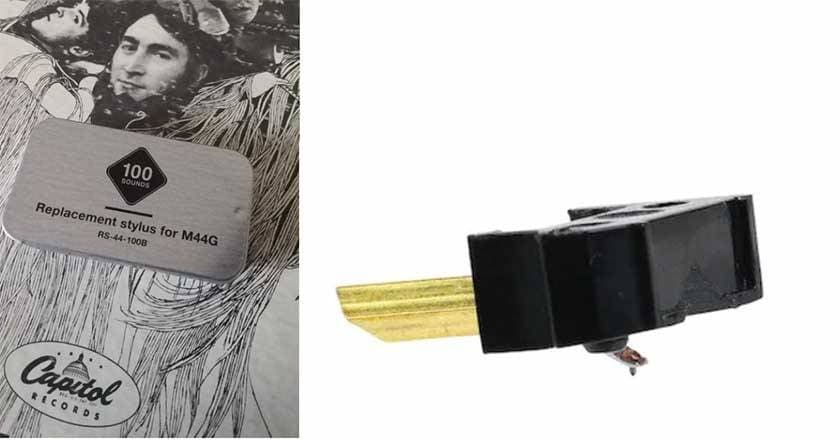

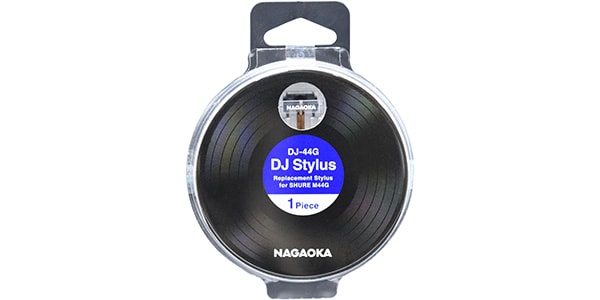

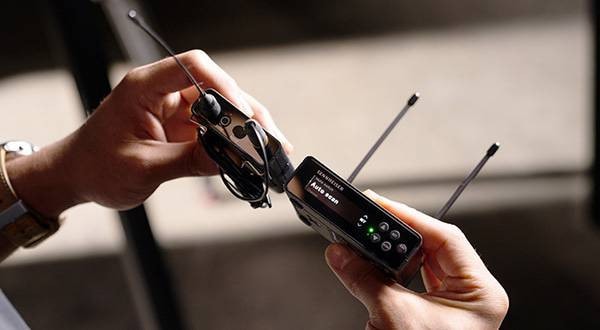
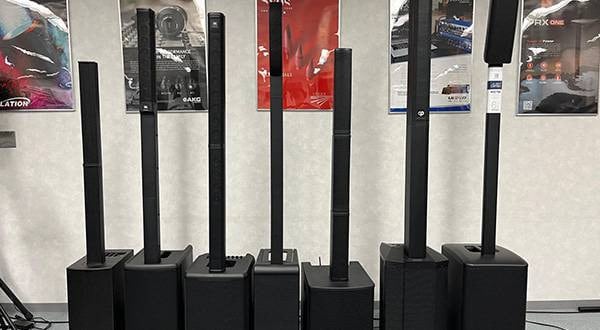
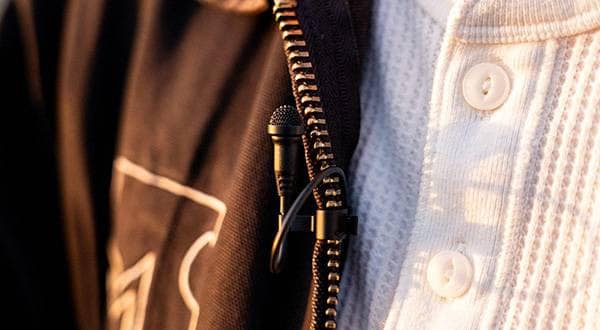
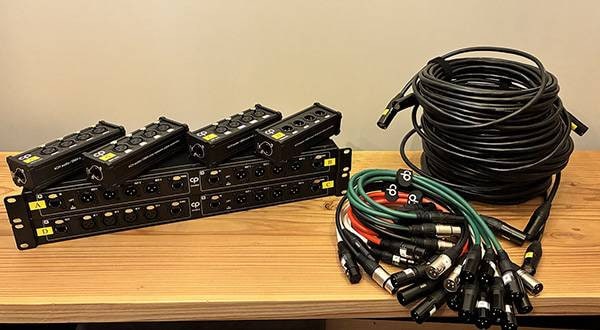
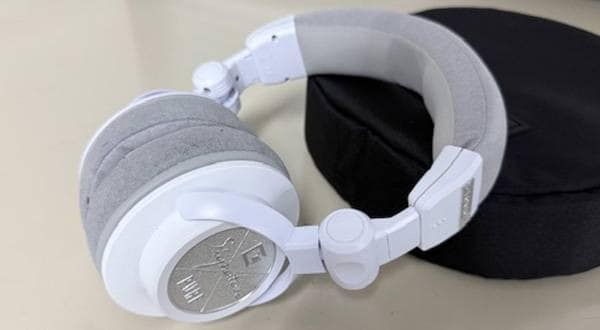

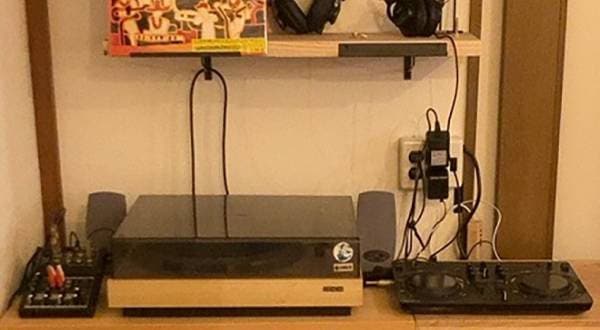
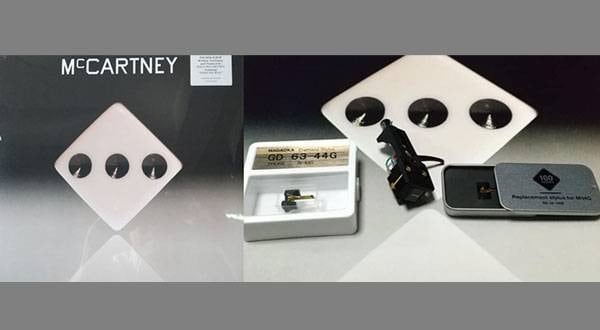
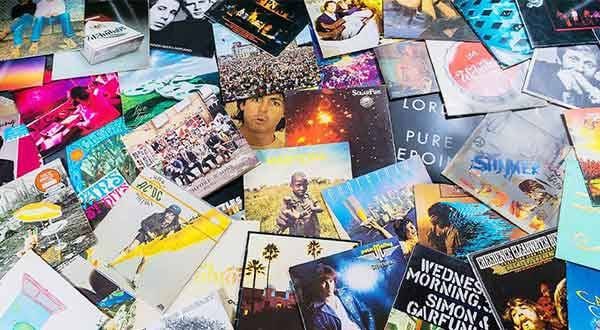
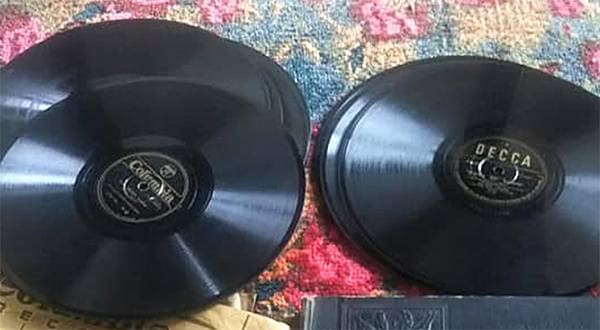

 バンドあるある相談
バンドあるある相談
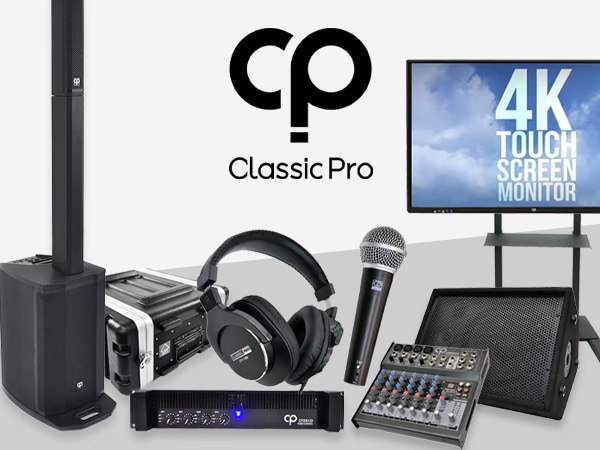 CLASSIC PRO
CLASSIC PRO
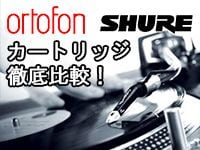 ORTOFON SHURE カートリッジ徹底比較!
ORTOFON SHURE カートリッジ徹底比較!
 音楽好きSNSアプリ SOUND NAVI
音楽好きSNSアプリ SOUND NAVI
 音楽フェスをご紹介
音楽フェスをご紹介
 ケーブル購入ガイド
ケーブル購入ガイド








